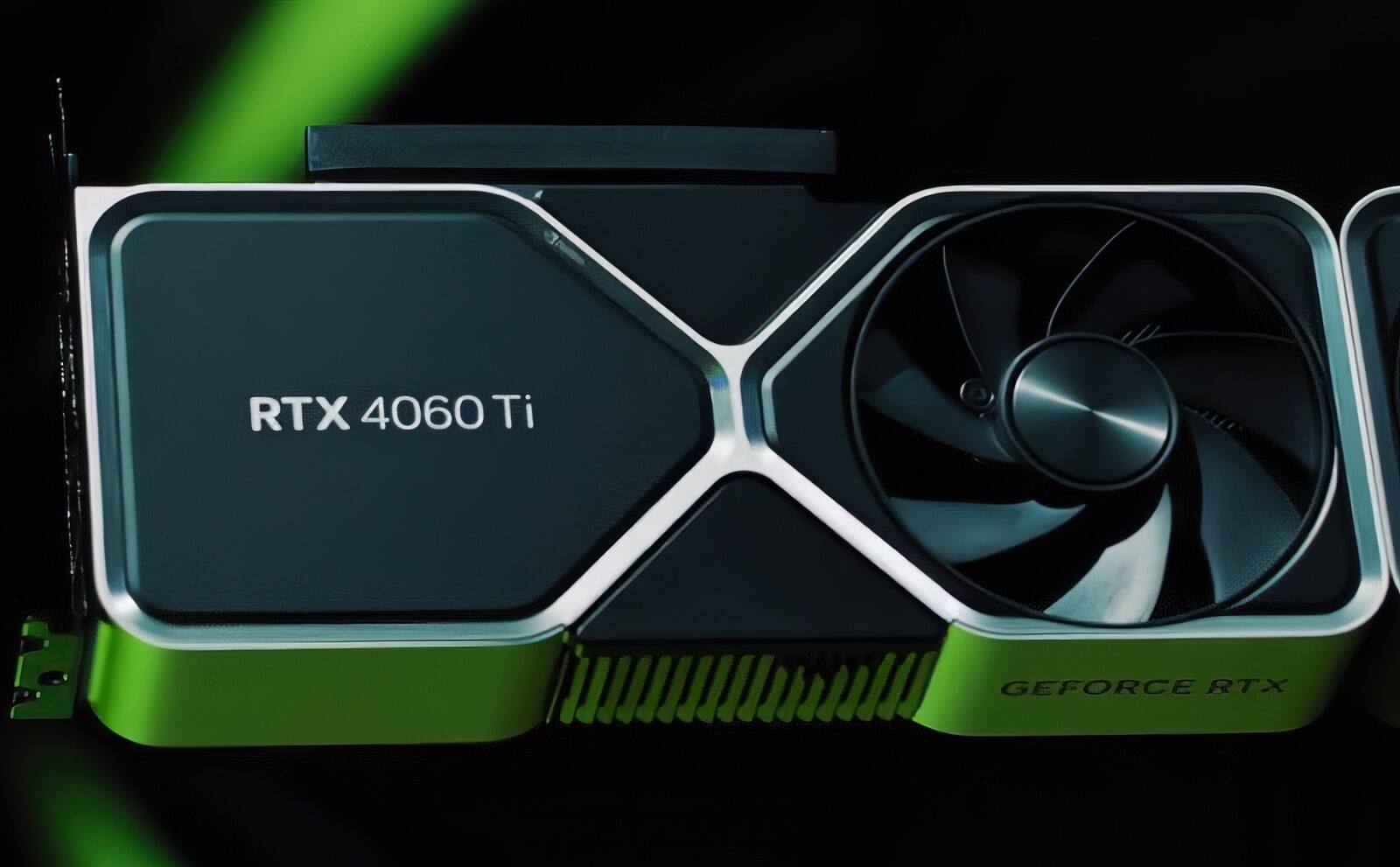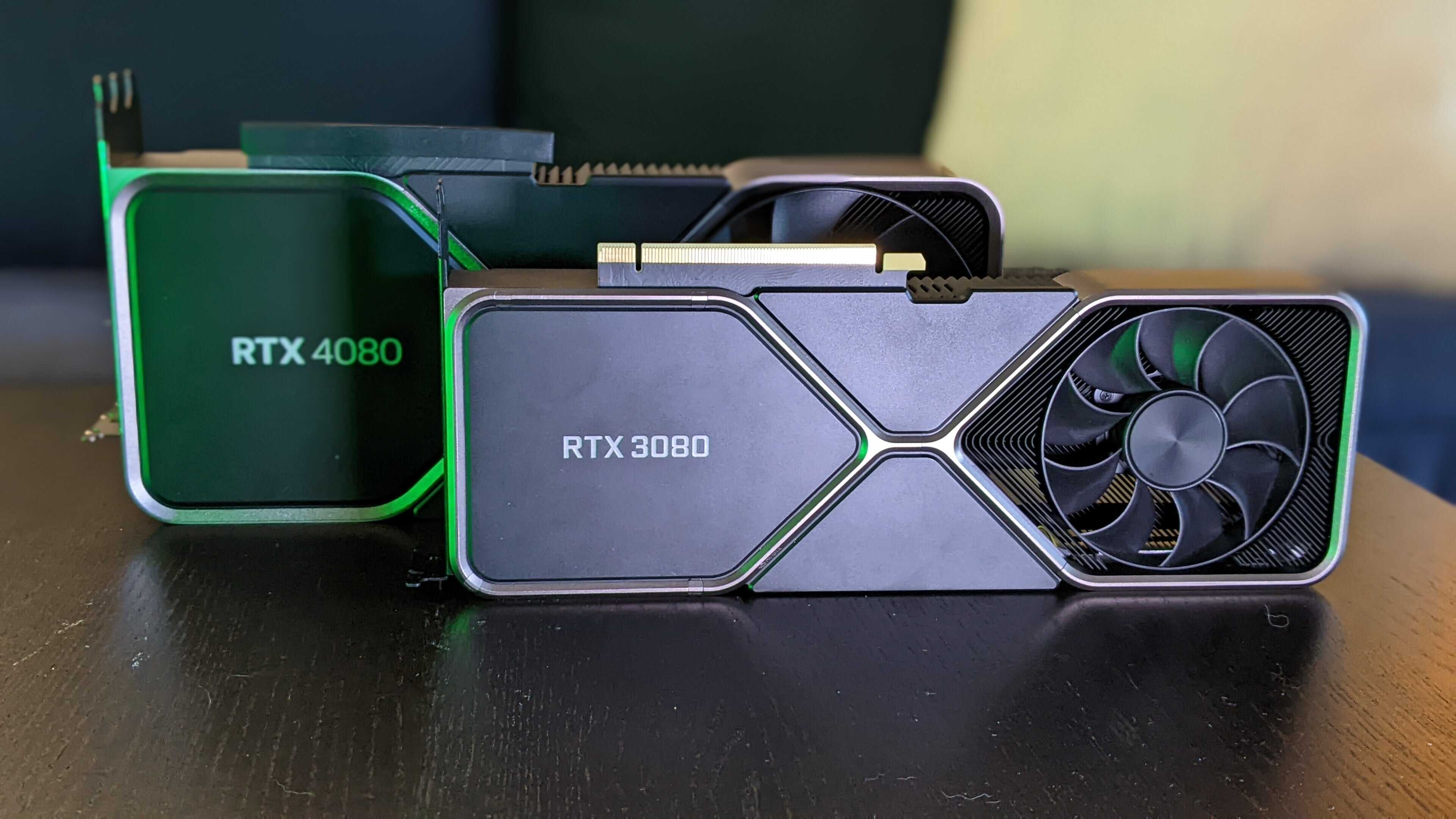Graphics cards for ultrawide monitors represent a specialized performance category designed to handle the unique resolution and aspect ratio requirements of these expansive displays. Ultrawide monitors typically feature 21:9 or even 32:9 aspect ratios with resolutions ranging from 3440x1440 (UWQHD) to 5120x1440 (Dual QHD), representing a pixel count significantly higher than standard 16:9 1440p displays but less than 4K. This intermediate pixel count requires careful GPU selection – enough power to drive the additional pixels compared to standard 1440p, but with different performance characteristics than 4K gaming. The wider field of view in games requires rendering more scene geometry, while the pixel count demands substantial memory bandwidth and fill rate. Modern ultrawide gaming benefits from features like NVIDIA's Surround or AMD's Eyefinity for multi monitor setups, and both companies' adaptive sync technologies for smooth gameplay. The ideal graphics card for ultrawide gaming typically falls between the requirements for standard 1440p and 4K gaming, with 12GB or more of VRAM recommended for high resolution textures, and sufficient processing power to maintain high frame rates across the expansive display area. Our company provides specialized consultation for ultrawide monitor graphics card selection, considering both current and future gaming requirements. We offer cards specifically tested for ultrawide gaming performance, with configurations validated for stability across the unique resolution and aspect ratio. Through our global distribution and competitive pricing, we make these specialized solutions accessible to international customers, while our technical support assists with resolution configuration, aspect ratio compatibility, and performance optimization for the ultrawide gaming experience.


